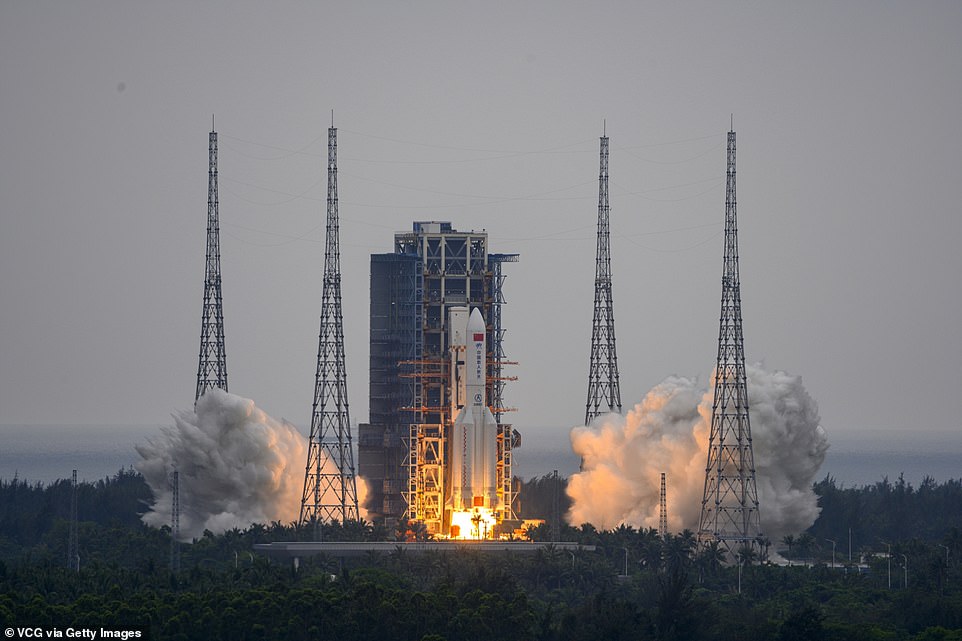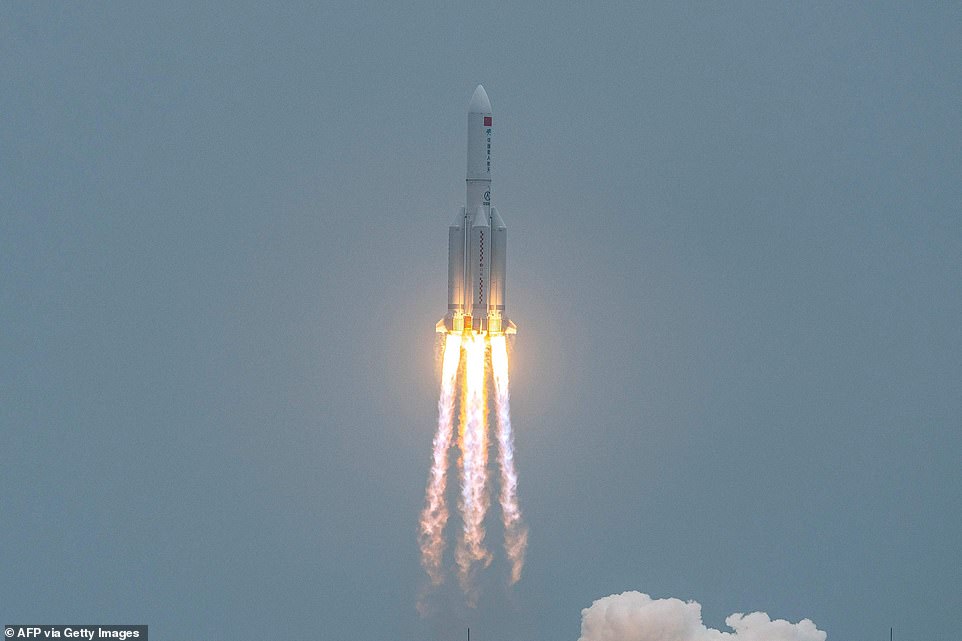China launches the core module of space station ‘Heavenly Palace’
China has successfully launched the first building block of its upcoming space station into low Earth orbit in its attempt to rival the ISS.

China launches the core module of space station Heavenly Palace
China has successfully launched the first building block of its upcoming space station into low Earth orbit in its attempt to rival the ISS.
The 22-tonne module, named ‘Tianhe’, or ‘Harmony of the Heavens’, will become living quarters for three crew on its upcoming Chinese Space Station.
China aims to complete its Chinese Space Station by the end of 2022, state media reported, after several further modules are launched.
Tianhe was launched from the Wenchang Space Launch Centre on the southern island of Hainan, China on the Long March 5B, China’s largest carrier rocket, at 11:23 am on Thursday (04:23 BST).
‘[Tianhe] is an important pilot project in the building of a powerful nation in both technology and in space,’ state media quoted Chinese President Xi Jinping as saying in a congratulatory speech.
Tianhe is one of three main components of what would be China’s first self-developed space station, rivalling the ISS (the International Space Station), which is the only other station in service.

It will form the main living quarters for three crew members in the Chinese Space Station, which will have a life span of at least 10 years.
The Tianhe launch was the first of 11 missions needed to complete the space station, which will orbit Earth at an altitude of 340 to 450 km (211 to 280 miles).
Chinese Space Station, or Tiangong Space Station as it’s also known, is expected to have a mass between 180,000 and 220,000 pounds (80 and 100 metric tonnes) – roughly one-fifth the mass of the ISS, which is 925,335 pounds.
Read Also – Mahmood Ahmadu Shares Lessons Learnt in 2020
In later missions planned for 2021 and 2022, China will launch the two other core modules, four manned spacecraft and four cargo spacecraft.
Work on the space station programme began a decade ago with the launch of a space lab Tiangong-1 in 2011, and later, Tiangong-2 in 2016.
Both helped China test the programme’s space rendezvous and docking capabilities.
China aims to become a major space power by 2030 to keep up with rivals, including the US, Russia and the European Space Agency, and create the most advanced space station orbiting Earth.
Source – https://www.dailymail.co.uk/





